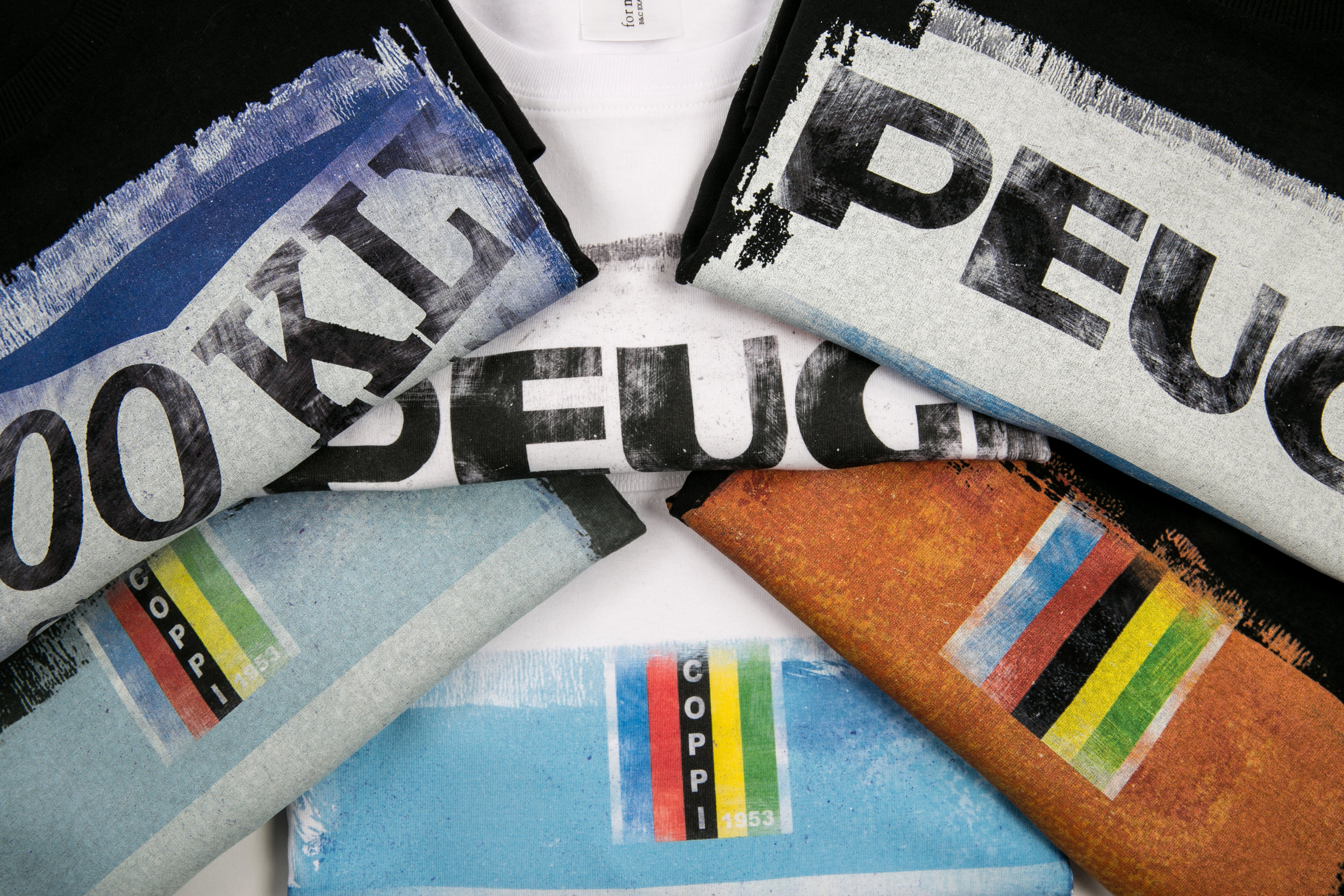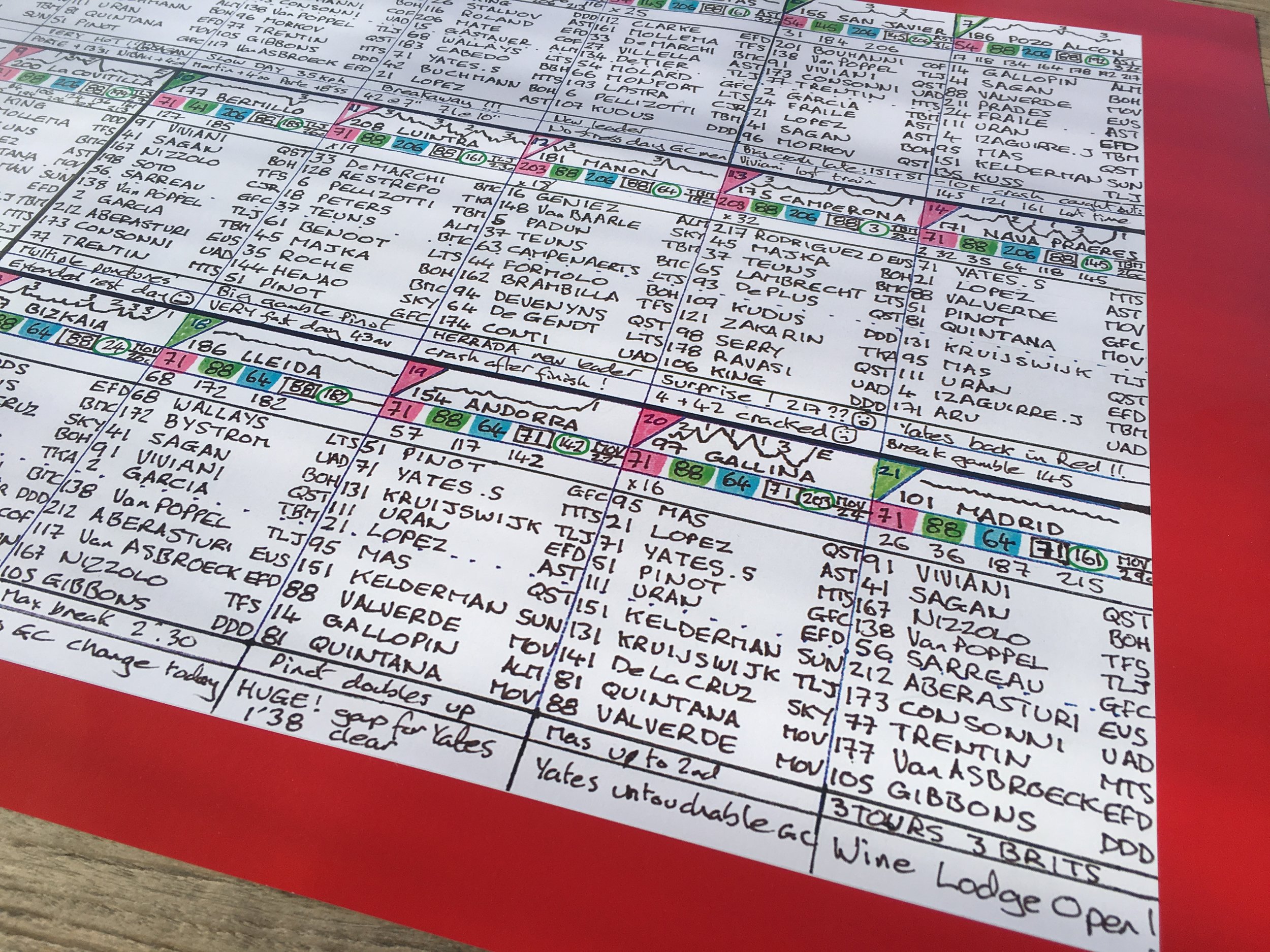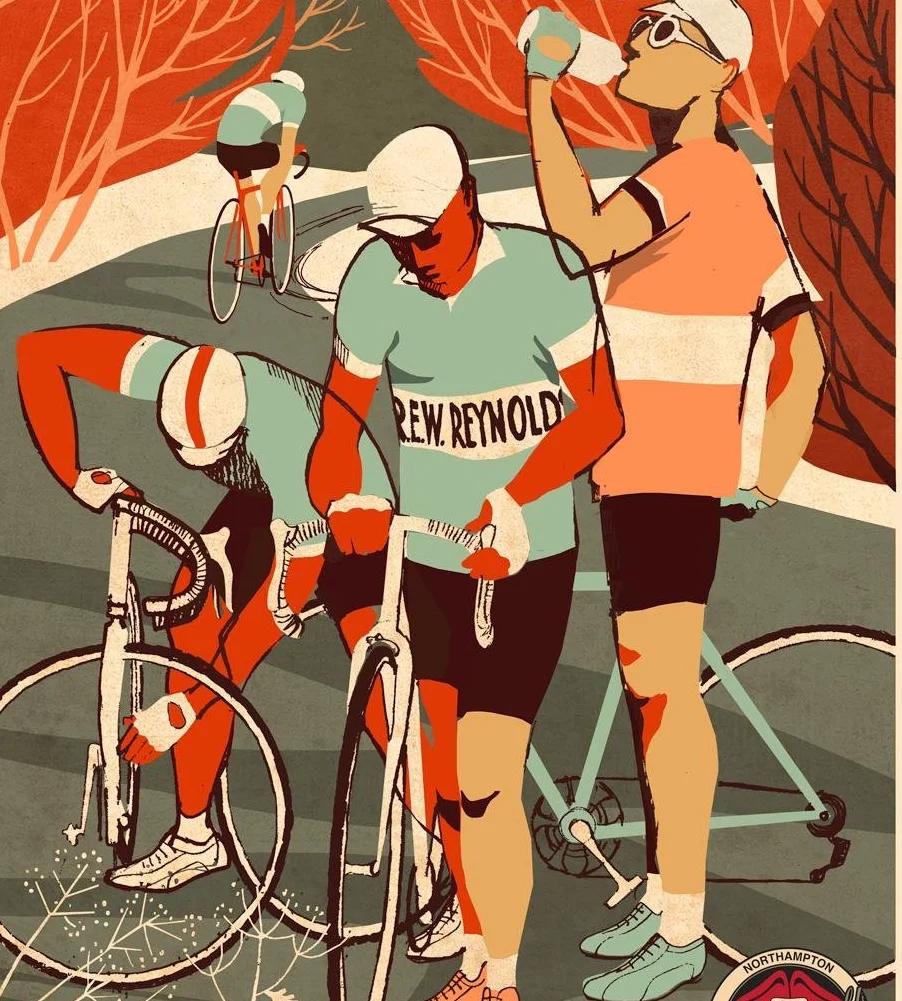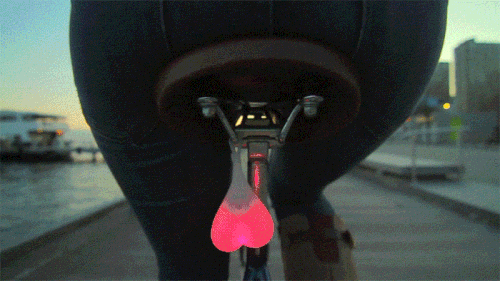By Robbie Broughton
Last month we wrote about the new Tannus solid tyres that are currently being used on the Ukrainian track team’s training bikes. The pitch we got from the Korean company at the London Bike Show was that there have been vast improvements in solid tyre technology in recent years and that they would be good enough for a road bike. We took them at their word and tried a pair for a few weeks. Here’s our verdict.
Pick a colour!
My main motivation for trying out these tyres was never having to change an inner tube again so I was excited about giving these a go, given my notorious bad luck at getting punctures and my rather unimpressive bike maintenance skills. While I was warned that they may affect my average speed by up to 1 kph, that seemed like a small price to pay. I’m not a professional rider – would I notice or even care about that increased drag of 2%?
Solid tyres have, up to this point, been judged inferior to pneumatic ones due to their lack of comfort, their drag which affects speed, poor grip and extra weight. The Aither 1.1, the model that I was trying, weighs in at 380g which is apparently similar to a regular tyre/tube combination and they have a prestigious safety award from TUV Rhineland which tested them for braking distance, side slip and so on.
Fitting the tyres to my lovely wheels was a bit alarming
All seemed promising so I popped into Nip Nip Mobile Bike Repairs in South London to get a pair of Aither 1.1s fitted to my wheels. Boy, was I glad I hadn’t tried to fit them myself! The tyres are attached to a regular clincher rim with small plastic bits that wedge into the rim. The mechanic looked pretty confident about what he was doing but it was rather scary watching bits of plastic being forced into the rims of my rather beautiful and loved Campagnolo Zondas.
The process takes about 15 minutes for each wheel and I was soon trotting my way back to the train station carrying my wheels. I have to say that they did immediately seem to be heavier than usual.
I had been warned not to judge their performance straight away as they would need a bit of ‘bedding down’ over about 40 miles. With that in mind I decided to reserve judgement until I’d taken them for a good few rides in which I covered 150 miles or so in total.
As I’d been warned, my initial impression was somewhat alarming. Our roads in and around Brighton have notoriously poor surfaces, and my new tyres were extremely unforgiving. While I began to get used to the different feel, I certainly never got to like it and I honestly can’t say that there was a noticeable difference from the beginning to the end of the trial period.
There’s a descent off Devil’s Dyke towards Fulking which is a beautiful straight stretch for a couple of kilometres that I had previously never failed to enjoy but even at the end of the trial I began dreading this part of my ride. At speed the whole bike vibrated like mad, loosening the bottle cage from its bolts and hanging on to the handlebars required a huge effort.
And I have to say that, while I’ve never been a stato bore who religiously records all his rides and times, I definitely noticed a difference in speed. It was noticeable on flats, descents and, worst of all, going uphill where I found myself having to use significantly more effort on climbs that I know well. I soon began to question why anyone with a half decent road bike and wheels would want to compromise the feel of their ride so much.
Back to the good old tried and tested conventional tyres (please excuse the bar tape!)
Having just returned from a ride with my old tyres, the difference was remarkable and it’s not because I’ve suddenly become much fitter, although the increased drag has certainly made me work quite a bit harder. As I flew down my favourite Devil’s Dyke descent I fell back in love with it all over again and the phrase ‘floating on air’ popped into my mind. Of course I literally was!
I can really see a place for solid tyres on a commuter bike - being able to actively cycle through broken glass is quite a thing to do. And who hasn’t had that irritation of coming down in the morning to find a flat tyre on the very day that you really can’t be late for work? I can also imagine them being useful on an old winter trainer. You’d be flying when you switched to your premium bike!
The new Tannus tyre is "vastly improved"
Tannus say that they are about to release "a vastly improved new tyre later this year." An upgrade of the Aither 1.1 that I tried, it apparently has more flex and ride comfort. That would be nice! They say it’s “firmly aimed as a road bike, training tyre” and has had positive feedback from triathlete Reece Barclay who says, “They are a very smooth ride.”
I’m afraid that my verdict on the 1.1 model is that it fell below my expectations. I’d hoped to give them a go on the Maserati Tour de Yorkshire sportive this weekend but the thought of labouring up the Cote de Onesmoor Bottom with a very sore bottom, made me revert back to the good old tried and tested air filled tyres. Even if I puncture it’ll be worth it!































































